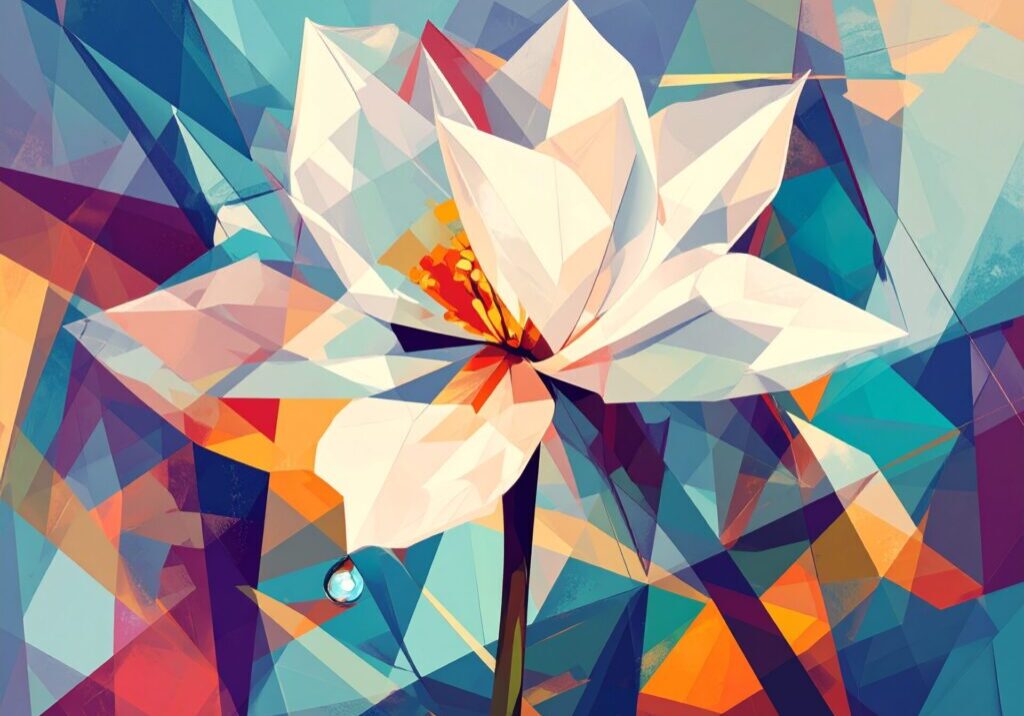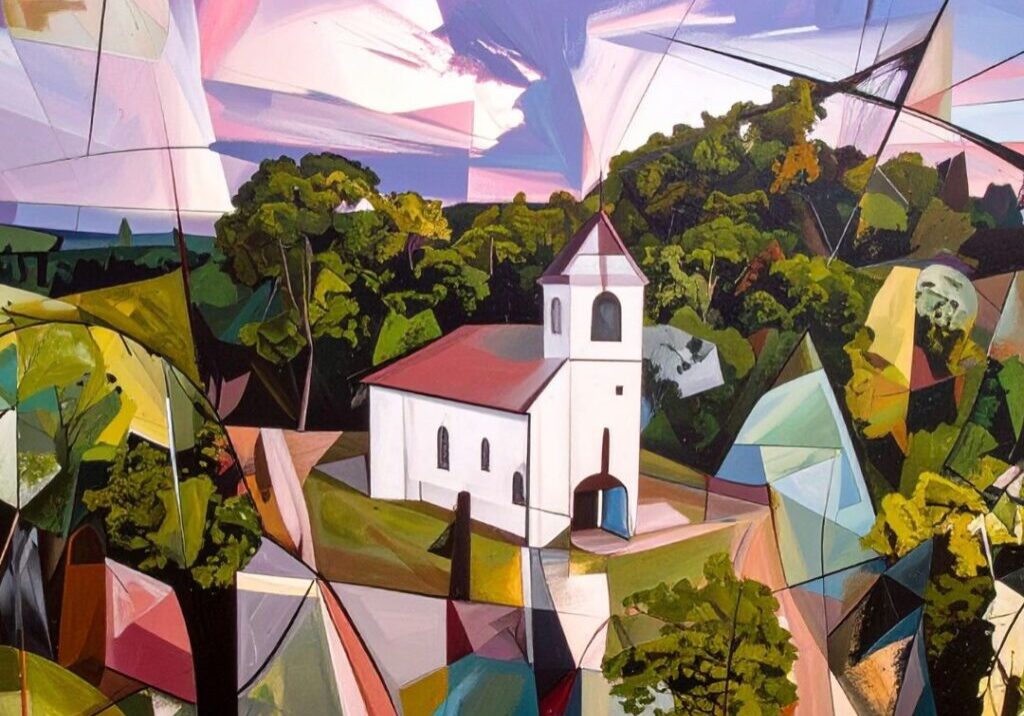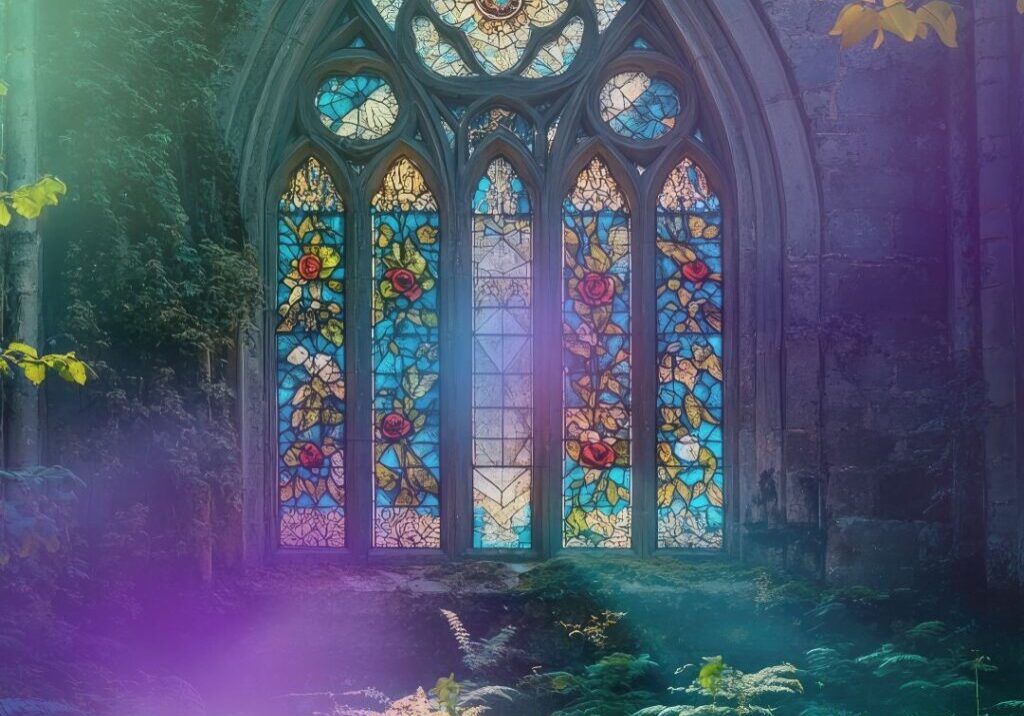Integrating the Inner World
“Who looks outside, dreams. Who looks inside, awakes.”
Carl Jung
The Omega Center’s second annual conference, “Love at the Heart of the Cosmos: Living in Relational Wholeness,” treated attendees to an expansive experience exploring the radical and dynamic presence of the Divine within an evolving world. Inspired by the thought, work, and life of Pierre Teilhard de Chardin, the conference called participants to not only become aware of the great love present within the world, but to also cultivate a consciousness of the Divine in their own, inner lives.
I am grateful to have been invited to participate in an event of such importance through offering a workshop; I sought that my session could provide an opportunity for introspection and reflection upon the experience thus far and the overarching theme of the weekend. Titled “Psycho-Spiritual Integration: Teilhard, Jung, and Psychosynthesis” my workshop’s objective was to explore the bi-lateral contributions between spirituality and psychology to allow for a deeper understanding of the human psyche and integrated wholeness.
Teilhard’s inner journey to God was carried out by going through the world. Through his work, through his struggle, and through matter, Teilhard sought relationship with the Divine in all things. Teilhard asserts that by consciously entering into evolution’s struggle to become more whole, the human person also becomes more whole. While serving in the French army as a stretcher bearer during World War I, Teilhard became aware of a certain unitive consciousness which manifested among his fellow soldiers and drew them together. He sensed a similar spirit which was somewhat dormant within the wider human race. Yet, his study of the natural world assured Teilhard of the human person’s purpose to become something more. He affirms that the human person is evolving to become ultra-human, and that humanity is collectively evolving to converge as an ultra-humanity. Becoming ultra-human means entering into conscious relationship with oneself and the world—interconnected, interdependent, and grounded in the Cosmic Christ in whom “we live and we move, and we have our being.” [1]
In exploring Teilhard’s vision in relationship to our personal evolution to becoming ultra-human, our session entered into a prayerful space and followed Teilhard into the heart of matter by praying his poetic prayer, “Hymn to Matter.” Teilhard’s words were brought to life by the different participants who volunteered to read aloud the prayer’s stanzas. A beautiful variety of pitches, tones, and regional dialects filled the room and animated Teilhard’s prayer, blessing and acclaiming matter for all of its challenges and for all of its gifts as it leads us closer to the Divine.
Teilhard’s journey into the heart of matter in his search for God reveals powerful images: Earth, Fire, the Sacred Heart of Jesus, Omega. These images are symbols and indicate a larger reality beyond the images themselves. The prevalence of symbols throughout Teilhard’s writing demonstrates how Teilhard took up conscious engagement with these symbols, allowing himself to penetrate ever-further in his quest for deeper relationship with God in all things. Perhaps, in similar fashion, our own pursuit into the heart of matter might also yield mystical union. With the added ambiance of intentionally selected music, we entered into a more immersive space to explore the unconscious as participants called to mind and then drew their own personal symbols.
Delving further into the realm of inner work, we turned to the thought of Swiss psychoanalyst Carl Jung. Jung understands the human psyche as the product of ages-worth of evolution; thus, each person inherits a larger psychic system called the collective unconscious. The collective unconscious contains the archetypes which are universal to humanity and are necessary components of psychic evolution. Jung sees symbols as portals into the unconscious. By properly engaging symbols, one can experience a deeper relationship with the unconscious and better grow into one’s most authentic Self, the product of psychic evolution. Jungian thought highlights the concept that the collective unconscious is a psychological representation of God; it can be implied that by entering into a relationship with the collective unconscious, one brings its content into consciousness, and thus enters into a fuller relationship with the Divine.
Jung refused, as a psychoanalyst, to comment outside of his discipline on matters of metaphysics. He recognized the unshakable truth of God as a psychological reality, but he never took the liberty of making any theological claims. Despite Jung’s choice to comment only within his field of expertise, the seminal influence of his life and work continues to inspire waves of new therapists who have continued, and advanced, the Swiss psychoanalyst’s investigations into consciousness and the path to wholeness.
One thinker inspired by Jung’s work was Robert Assagioli, an Italian psychiatrist who founded psychosynthesis, a therapeutic method which affirms the psychological growth of the human person is a spiritual process. Psychosynthesis provides a more authentically holistic model for psycho-spiritual integration.
Assagioli’s model of the psyche identifies a region of the psyche called the Higher Unconscious, or Superconscious. In the Superconscious reside one’s more “highly evolved impulses: altruistic love and will, humanitarian action, artistic and scientific inspiration, philosophic and spiritual insight, and the drive for purpose and meaning.”[2] Thus, using Assagioli’s model of the psyche, our participants reflected on these qualities within themselves and within their call to become “ultra-human.” Eager to speak to their experience, everyone had the opportunity to share their symbols and to discuss their personal identification with their Integrated Self. Concluding with a blessing upon one another, our workshop was complete.
The session began with the participants bringing themselves into the space personally, introducing themselves by name. We traced our common interest in Teilhard’s thought, then immersed ourselves even deeper within his prayer. We emerged with symbols to consider and looked to Jung for direction. Through Assagioli’s affirmation of our spiritual nature, we shared the ways we each express our more integrated and Transpersonal Self.
Exploring the connections between spirituality and psychology allows for bi-lateral contributions between the fields to create a more holistic and integrated perspective of the psyche, healing, and wholeness. Furthermore, the more regularly people can share their experiences which are spiritual or transpersonal in nature, the more this normalizes and promotes the valuation of the inner experience of the individual. Given Teilhard’s explanation of the way in which consciousness converges, the sharing of the individual leads to the sharing of the collective. More than an individual, the community in-touch with its inner life is a powerful agent of transformation. From the convergent community emerges Christ Omega—a fuller, collective expression of the Divine within a world defined by love, connection, and wholeness.
Notes:
[1] Acts 17:28.
[2] John Firman and James Vargiu,“What is Psychosynthesis?” Synthesis, Vol. 3-4 (1974): 144.
 View print-friendly version
View print-friendly version
1 Comments
Related Posts

Beyond Violence: The Path Through Grief to Spiritual Evolution
The recent shooting at Annunciation School in Minneapolis continues to haunt our collective consciousness. While the news cycle moves forward—with yet more senseless acts of political violence—the Annunication tragedy leaves…


Spirit is the wellspring of the energies of both psyche and body, all three melding in seamless unity. After taking a back seat to theology for centuries, it remains for modern science to inform theology as to the true nature (substance) of spirit, and the invisible mechanism(s) by which it informs psyche, soma (body) and all of matter in space-time. Like psyche and soma, spirit is in the world, but unlike them, it is not of the world. This will complete the work and vision of Teilhard as to how an ultrahuman existence will evolve toward the Omega Point in the Parousia.